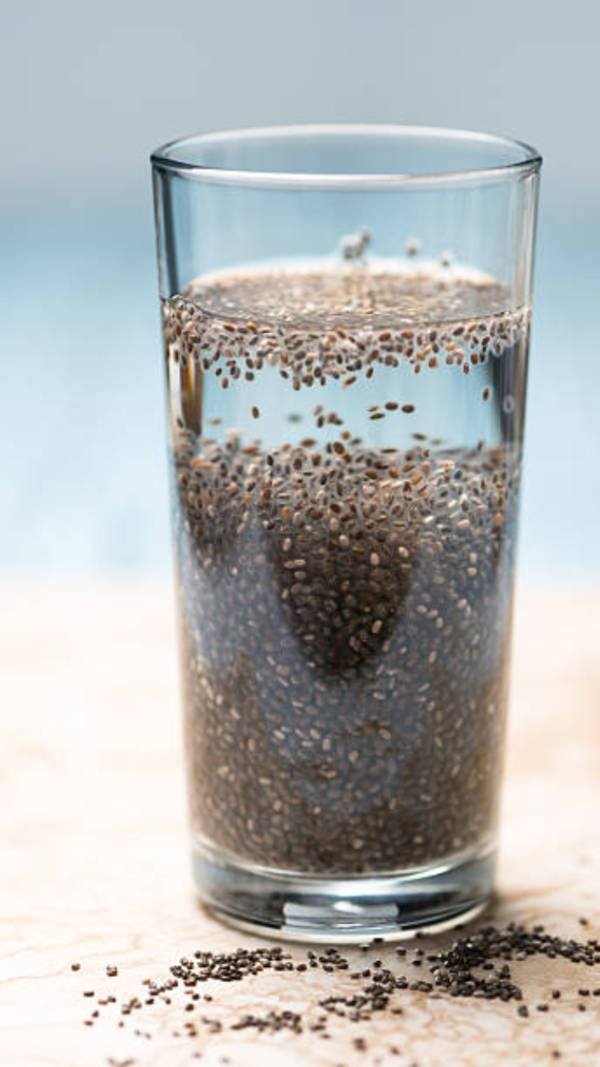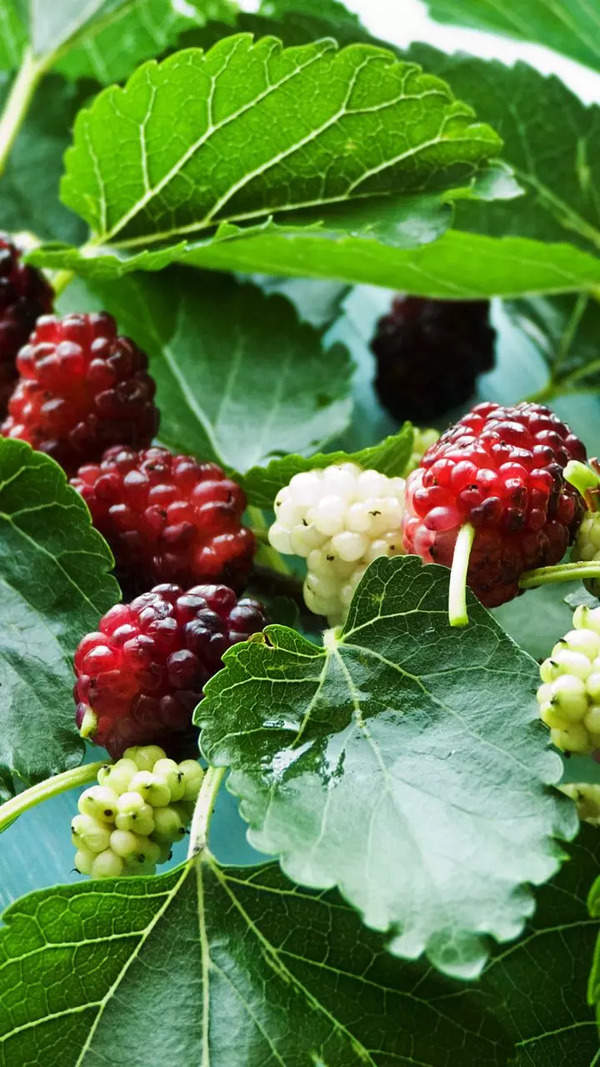- News
- City News
- dehradun News
- Why two Dehradun villages don’t celebrate Dussehra like others
Trending
Why two Dehradun villages don’t celebrate Dussehra like others
In the Jaunsar Bawar region of Chakrata, the villages of Kuroli and Udpalta engage in the Gagli Yudh ritual during Dussehra. This symbolic fight commemorates two friends who tragically drowned years ago, and will continue until two girls are born at the same time in these communities.

The tragedy that binds these villages took place generations ago, as Neha Chauhan, a resident of Udpalta, recalls: "Our ancestors used to say that two friends, Rani and Moni, went to clean utensils and fetch water from a well when one of them slipped into it. To save her, the other friend jumped in as well. Both of them died. Since then, the villagers have taken the blame upon themselves, and the fight is performed as a symbolic act of repentance."
Gagli Yudh is more than a mere ritual. Villagers from Kuroli, a small settlement with around 35-40 families, come together with those from Udpalta, home to about 150 families.
Effigies of the two lost friends, made from banana stems, are worshipped on the eighth day of Durga Puja and later immersed in the well where the girls died. "On Dussehra, villagers from Kuroli engage in Gagli Yudh around noon. The effigies are then immersed in the well where the two friends perished, which is in the Kayani area, 500m away from Udpalta," said Virender Tomar, a teacher in Sahiya, Chakrata.
"Villagers say that Gagli Yudh will only end when two clans see the birth of one girl each on the same day, at the same time. Until that day arrives, the fight will continue as a mark of our penance," said Chauhan.
Once the effigies are immersed, the mood shifts. "Not until the effigies of Rani and Moni are immersed do the villagers begin their celebration of the Painta festival. Only then does the air fill with traditional songs and dances," said Tomar. "Our culture demands sincerity and faith. If we falter, the villagers believe that misfortunes, small or great, seem to follow," he added.
Dehradun: In the remote tribal area of Jaunsar Bawar in Chakrata, the villages of Kuroli and Udpalta are engaged in an ancient ritual on Dussehra. Every year, these neighbouring communities engage in Gagli Yudh, a symbolic fight rooted in a tragedy that happened years ago but still haunts them.The ritual fight, performed as penance, will continue until two girls are born on the same day and at the same time in the area, say villagers.
The tragedy that binds these villages took place generations ago, as Neha Chauhan, a resident of Udpalta, recalls: "Our ancestors used to say that two friends, Rani and Moni, went to clean utensils and fetch water from a well when one of them slipped into it. To save her, the other friend jumped in as well. Both of them died. Since then, the villagers have taken the blame upon themselves, and the fight is performed as a symbolic act of repentance."
Gagli Yudh is more than a mere ritual. Villagers from Kuroli, a small settlement with around 35-40 families, come together with those from Udpalta, home to about 150 families.
Effigies of the two lost friends, made from banana stems, are worshipped on the eighth day of Durga Puja and later immersed in the well where the girls died. "On Dussehra, villagers from Kuroli engage in Gagli Yudh around noon. The effigies are then immersed in the well where the two friends perished, which is in the Kayani area, 500m away from Udpalta," said Virender Tomar, a teacher in Sahiya, Chakrata.
The villagers' weapons are stems of the taro plant, and while no blood is shed, the ritual serves as a reminder of the lives lost.
"Villagers say that Gagli Yudh will only end when two clans see the birth of one girl each on the same day, at the same time. Until that day arrives, the fight will continue as a mark of our penance," said Chauhan.
Once the effigies are immersed, the mood shifts. "Not until the effigies of Rani and Moni are immersed do the villagers begin their celebration of the Painta festival. Only then does the air fill with traditional songs and dances," said Tomar. "Our culture demands sincerity and faith. If we falter, the villagers believe that misfortunes, small or great, seem to follow," he added.

About the Author
Shivani AzadEnd of Article
FOLLOW US ON SOCIAL MEDIA






